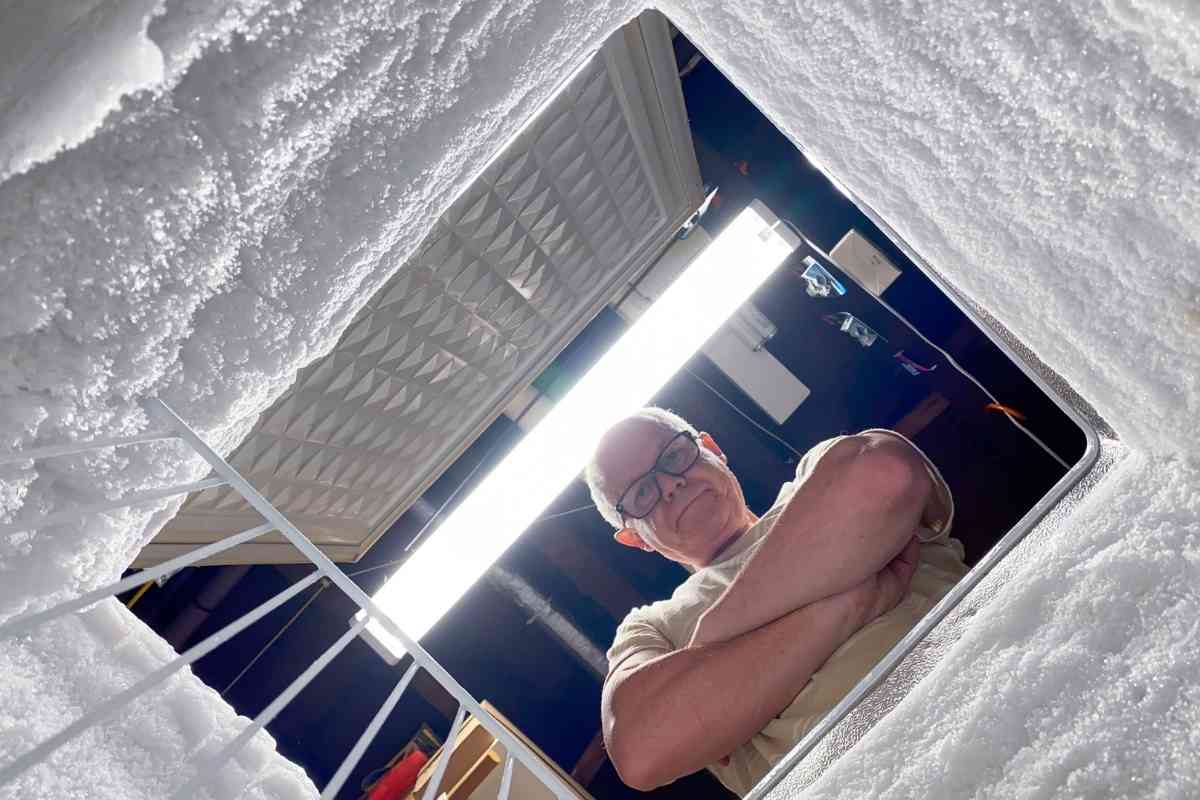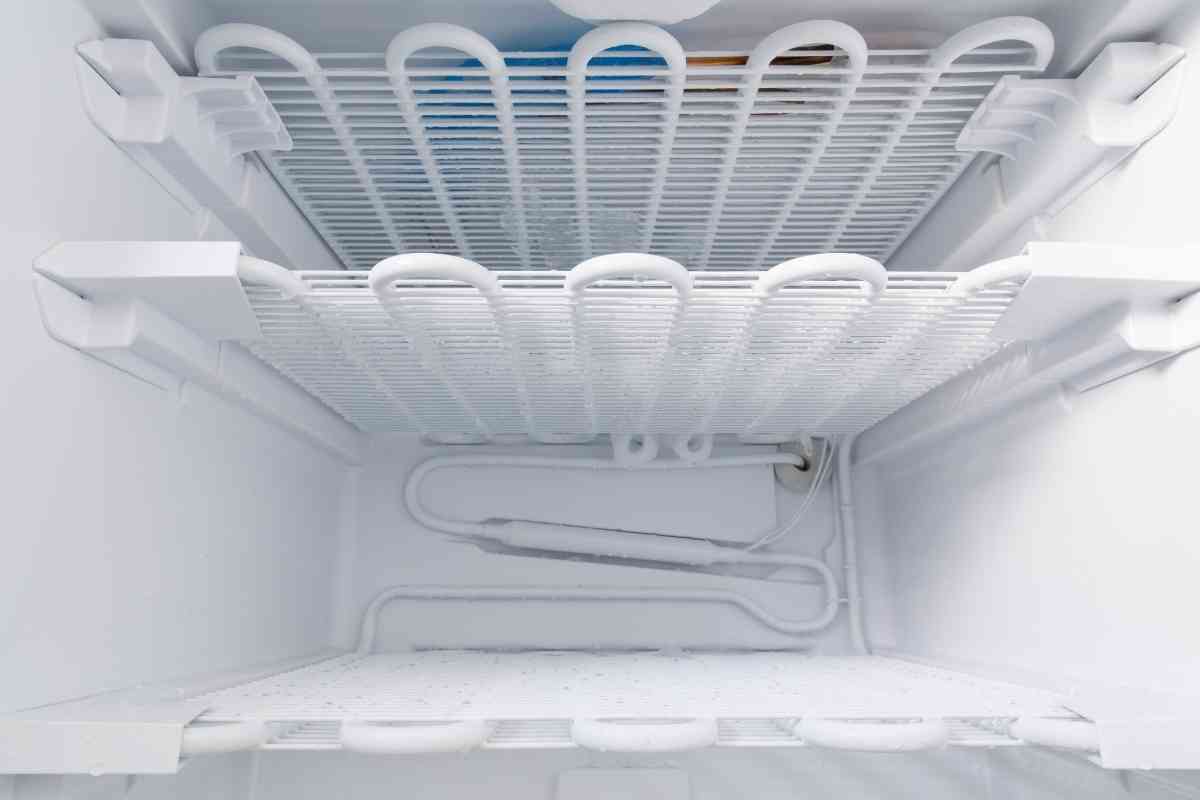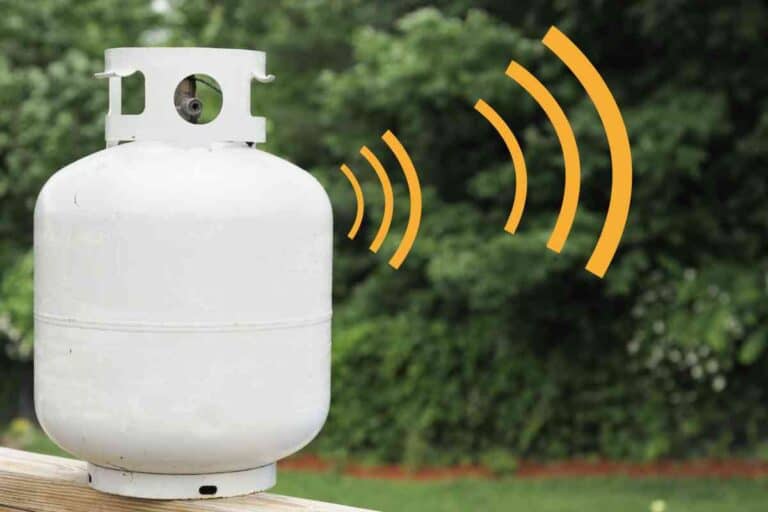Why Your RV Freezer Gets Frosty And How To Prevent Frosting
If you are an RV owner, you’ve no doubt had to do some maintenance on an over-frosted RV freezer. Frost can be a small annoyance or a big problem. Knowing how to prevent frost from building up in your freezer could be critical in preventing long-term damage to your RV refrigerator. If you are experiencing most frost than usual, this can also signal a deeper problem in your unit.

Why does my RV freezer get frosty?
Your RV Freezer may be frosting because of these reasons:
- The door is left ajar
- The gaskets and seals are compromised
- You have a faulty defrost timer
- You have a faulty defrost heater
- You have a faulty defrost thermostat
Knowing why your RV freezer is having over frost issues will help prevent them in the future. In addition, we will explain how to fix this problem and how to prevent it in the future.
This knowledge will help keep your RV’s refrigerator freezer combo in top-notch shape for many adventures to come.
We have consulted RV freezer manufacturer guides as well as fellow RV adventurers to create a guide to help you keep your unit in tip-top shape.
How To Keep An RV Freezer From Frosting Up
Nothing is worse than finding that your RV freezer has gone on overdrive, frosting up on the inside, shrouding your frozen goods in an icy fortress. Not only is this inconvenient, but cleaning up the frost can get wet and messy.
At best, it will leave you without a freezer for some time while it thaws, and at worst, you could lose your RV freezer altogether if you don’t take care of the problem properly.
Why Does My Freezer Have Frost All Of a Sudden
RV freezer will naturally accumulate a light layer of frost in certain areas. However, this problem can become inches thick if water comes into contact with the evaporator coils inside the freezer and then freezers.
Seals and Doors
The most likely issue for this is a damaged or worn-down door seal. Another culprit is a freezer door that is left even slightly ajar. This can cause warm air to come in and cause melt and refreeze in the form of frost.
Faulty Defrost Timer
Your defrost timer plays a crucial role in cycling through cooling and freezing modes. The timer cycles this process throughout the day to prevent frost from building up on the evaporator coils. If it is faulty, it may not cycle, leading to frost build-up.
Faulty Defrost Heater
If the defrost heater is defective, frost may build up on the evaporator coils. This can also lead to frost build up on the interior.

Faulty Defrost Thermostat
The defrost thermostat is charged with tracking the temperature on the evaporator coils and triggering the other processes which regulate the correct temperature.
If the thermostat doesn’t trigger the defrost heater to turn on and off at the appropriate time, the accumulation of frost may occur.
RV Freezers Have Some Particular Peculiarities
RV freezers also have some very particular circumstances that may cause frost build up.
Unlevel Ground
Because many RV units rely on propane, and uneven RV may lead to malfunctioning components in your freezer.
This happens because the gas isn’t able to flow properly. Inconsistent propane supply to the freezer may cause inconsistent cooling, melting and refreezing, that will result in frost in your freezer.
High Ambient Humidity
High humidity in the RV environment may make your freezer more likely to experience excessive frost. Every time the freezer door is open, warm humid air enters the freezer interior causing this moisture to condense and freeze on the cooling plate.
Moving Environment
An RV prevents a naturally moving environment where doors may come open slightly and then close completely. This may also allow warm air into the unit for long periods leading to frost.
Inconsistent Power
Most RV freezer units operate with absorption technology which requires a heat source as the primary energy.
These are typically called “three way refrigerators.” You should check the voltage to ensure it is getting the recommended power. This can be done using a 12V test or multimeter.
RV Refrigerator Fans
An RV refrigerator fan is usually installed outside of the refrigerator freezer unit to pull warm air around the exterior and blow it outside of the RV. They are typically mounted on the inside of the vent cover or side of the roof. An interior refrigerator fan can also help to circulate air inside the unit and give more equal cooling throughout the inside of the unit.
How Do I Fix Frost In My Freezer?
If you find that you have a large ice to food ratio occurring in your RV freezer, you’ll need to do some maintenance.
To fix frost in your freezer, you will have to defrost it either manually or use an automatic defrost mechanism.
After defrosting, you can move on to implementing preventative measures to discourage ice build up from taking over again.
Many RV freezers will have an automatic defrost cycle that happens at least twice a day. The water that results will drip into a pan at the bottom of the freezer unit and should evaporate naturally.
Manually defrosting your freezer will be necessary if something has triggered more frost than normal.
You’ll need a backup cooler, some time, possibly a hair dryer, and a few items to make the process as hassle free as possible.
To manually defrost your RV freezer:
- Remove food and place in an insulated cooler.
- Place towels all around your unit and some spares on hand to mop up the melted frost on the interior.
- If you have access to large sponges, set some aside.
- Grab a bucket to squeeze the sponges into.
- Optionally, set up a hair dryer to speed up the process.
- Unplug your freezer.
- Use the hair dryer or let time melt the frost.
- Insert the big dry sponges as melt occurs to make the process less messy.
- Use towels to clean up the rest.
- Plug your freezer back in for at least two hours.
- Replace food, organizing the items you use frequently towards the front.
How To Prevent Your RV Fridge From Icing Up
The good news is that with a little prevention and care, frost build up is preventable. There are a few key things you can do to prevent this from happening:
- Make sure the door is closed. Check behind you after each use to make sure the door is sealed completely
- Check your seals regularly. Life on the road for an RV freezer may mean a lot of wear and tear. Put your hand around the seals while the door is closed. If you can feel coming out you might have a compromised seal. Use a soft cloth and toothbrush to clean the seals regularly. Never use hard detergents that may break down the seal material.
- Organize your freezer. Placing things that you use often strategically will help you spend less time with the door open. Warm air and constant temperature changes are hard on the freezers cooling mechanisms.
- Cool food first. Never place hot food in the fridge which will cause humidity. This will thaw and refreeze moisture making for an icy interior.
- Check the temperature. Ensure that your freezer is set to the user guides recommended settings using a freezer thermometer. This is usually zero fahrenheit. If your freezer is running at varying temperatures, you may have a problem with your cooling system.
- Vacuum the exposed condenser coils regularly. This will prevent debris buildup that will inhibit their performance.
- Keep your freezer half full. This may seem counterintuitive, but keeping your freezer partially full will help it to maintain temperature and keep energy consumption down.
- Use RV Refrigerator Fans. These will help evenly circulate the air to discourage pockets of warmth.
- Check to ensure your RV is level. Because many RV units rely on propane, an uneven RV may lead to malfunctioning components in your freezer if the gas isn’t flowing properly. This can cause inconsistent cooling, melting, and refreezing, resulting in frost in your freezer.
- Defrost your freezer regularly. This should be on your regular RV maintenance schedule and will discourage long-term build up as well as give you more space to store your food.






